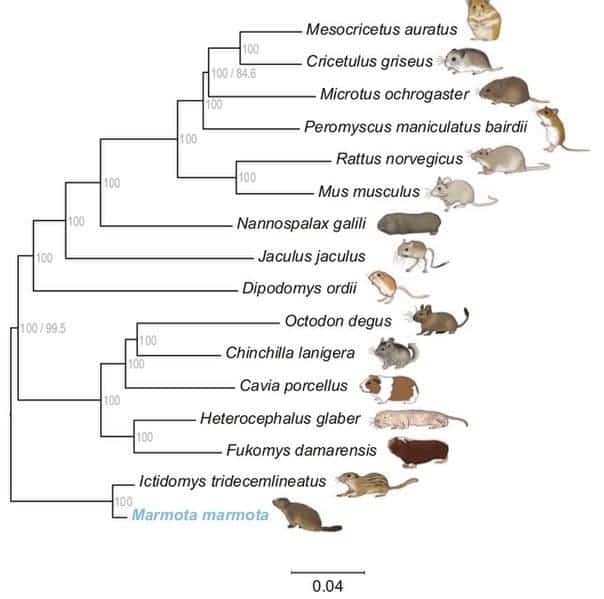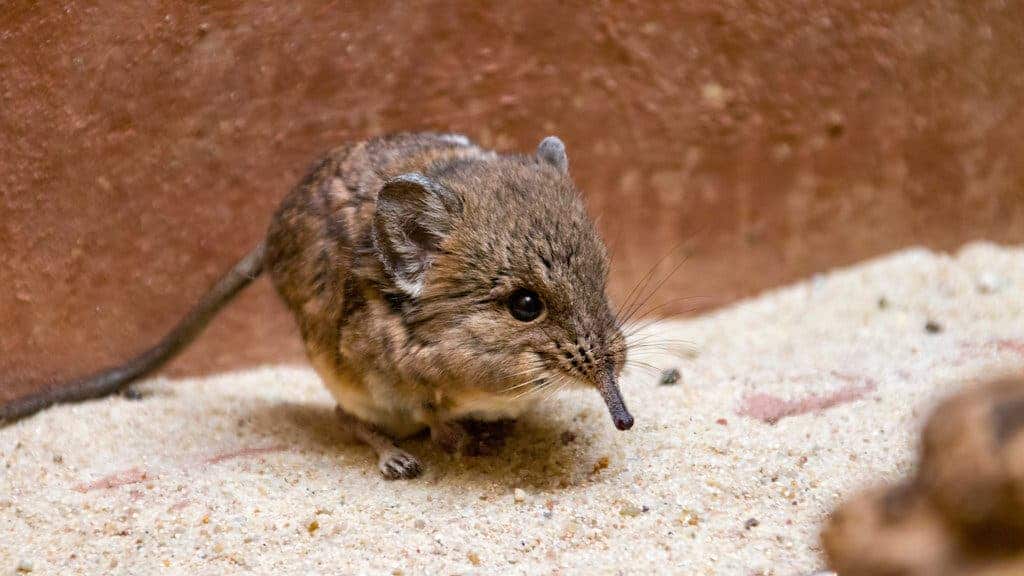
Ever since Darwin published and popularized the idea of evolution, researchers started building evolutionary trees — also called phylogenetic trees — branching diagrams that show the evolutionary relationships between different species that share different characteristics.
It’s a very useful and straightforward tool, except it may be pretty wrong, say the authors of a new study.
Genes don’t lie
If you were a biologist in the 19th or 20th century looking to classify animals, your options were limited. You could study the ecosystem and the animal’s role in it, detail the morphological characteristics of the species, but that was pretty much it — you had to rely a lot on which things looked similar to other things.
But in more recent years, the advent of genetic analysis has opened new doors for classifying species. When rapid genome sequencing became relatively cheap and easily available, researchers had new tools to see which species were related to which, and they started noticing that sometimes, things weren’t as expected.
Sometimes, one species can turn out to be several species, or species thought to be closely related can actually be quite different. Matthew Wills, Professor of Evolutionary Paleobiology at the Milner Centre for Evolution at the University of Bath, says that “it turns out that we’ve got lots of our evolutionary trees wrong.
“For over a hundred years, we’ve been classifying organisms according to how they look and are put together anatomically, but molecular data often tells us a rather different story.”
The problem is that oftentimes, fairly unrelated creatures evolve in a somewhat similar way. For instance, if you’re only looking at flying, you may be tempted to believe that bats and birds are closely related — when that couldn’t be further from the truth. Of course, any biologist can tell that bats and birds are very different, but sometimes, the differences are more subtle and can be tricky to tell. For instance, many insects show similar mouthparts, despite not being closely related. This is called convergent evolution: the independent evolution of similar features in different groups of animals.

In the new study, Wills and colleagues compared 48 pairs of morphological and molecular data, finding that convergent evolution is more common than previously believed, and as a result, several “traditional” evolutionary trees are not as accurate as previously believed.
“Our study proves statistically that if you build an evolutionary tree of animals based on their molecular data, it often fits much better with their geographical distribution,” says Wills in a press release. “Where things live—their biogeography—is an important source of evolutionary evidence that was familiar to Darwin and his contemporaries.”
“For example, tiny elephant shrews, aardvarks, elephants, golden moles and swimming manatees have all come from the same big branch of mammal evolution—despite the fact that they look completely different from one another (and live in very different ways). Molecular trees have put them all together in a group called Afrotheria, so-called because they all come from the African continent, so the group matches the biogeography.”
In addition to helping biologists better understand these biological relationships, this study also shows that we shouldn’t rely on things that seem similar. In addition, it shows that evolution doesn’t always make new things — instead, it seems to tend to produce somewhat similar things over and over again. Jack Oyston, Research Associate and first author of the paper, concludes:
“The idea that biogeography can reflect evolutionary history was a large part of what prompted Darwin to develop his theory of evolution through natural selection, so it’s pretty surprising that it hadn’t really been considered directly as a way of testing the accuracy of evolutionary trees in this way before now.”
“What’s most exciting is that we find strong statistical proof of molecular trees fitting better not just in groups like Afrotheria, but across the tree of life in birds, reptiles, insects and plants too.”
“It being such a widespread pattern makes it much more potentially useful as a general test of different evolutionary trees, but it also shows just how pervasive convergent evolution has been when it comes to misleading us.”
The study was published in Communications Biology.


